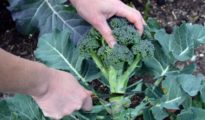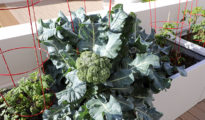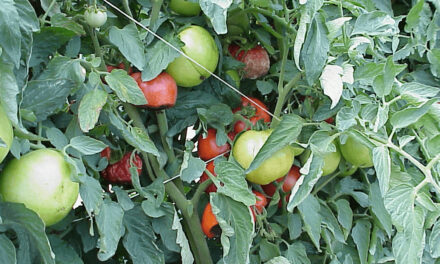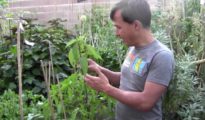Today you'll learn all about how to grow cassava, also known as yuca, but not to be confused with yucca (two C's)! Ancient civilizations have been cultivating cassava or yuca for its starchy and nutritional roots. These roots vegetables are high in carbohydrates and can tolerate a lot of drought, and therefore are an important part of agriculture around the world. Cassava roots are prepared and eaten just like potatoes: you can boil them, fry them, mash them, or fry them – the choice is all yours! Cassava, or yuca, originated in Brazil and Paraguay, but is now grown all around the world. Keep reading to learn more about how to grow cassava.
How to Grow Cassava, AKA Yuca

Planting Cassava:
- Cassava is usually grown only in tropical and subtropical climates where there is at least 8 months of warm weather.
- Prepare well draining soil and plant in a site with full sun.
- A cassava can take up t0 18 months from planting to harvest, but it is well worth the wait!
- Plants are usually started from propagules made from parts of mature stems (much like propagating potatoes).
- These are usually 2-3 inch cuttings that will have several bud nodes along the length of the vegetable.
- Lay the cutting on prepared soil in a pot and keep in full sunlight.
- Grow the cuttings indoors until the temperature reaches at least 70F (21C).
- Transplant outdoors once cuttings have grown to at least 2 inches in length.
Cassava Care:
- Cassavas are relatively pest and disease free, but it's still a good idea to keep an eye on them.
- They products beautiful and large ornamental foliage.
- Apply a slow release fertilizer in spring.
- Keep the soil moist.
So now that you know how to grow cassava, it's time to start planting!
Happy Planting!




















